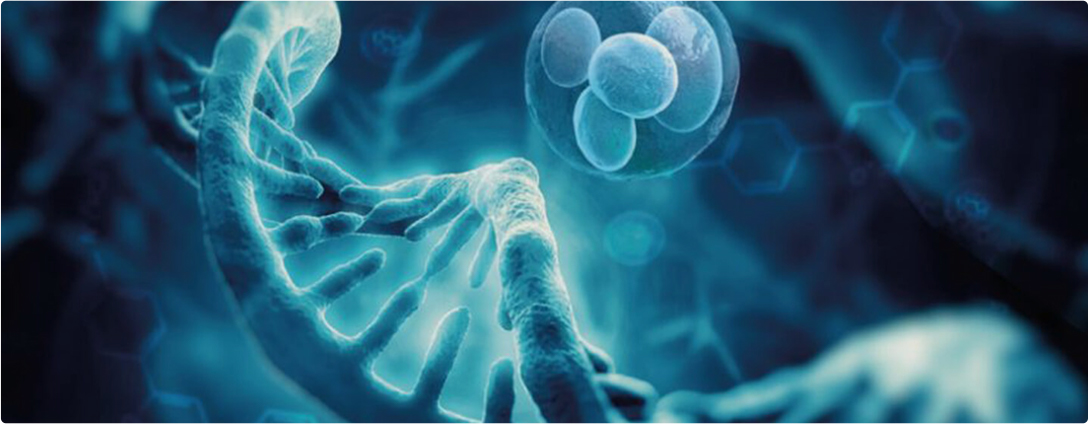Our Treatment & Services
Genetic Test

Pre-implantation Genetic Diagnosis (PGD)
Pre-implantation Genetic Diagnosis (PGD) by Fluorescent in situ Hybridization is more commonly referred to as FISH. It is a method of genetic analysis that makes up one key step of the IVF process. Chromosomal abnormalities can be screened using special technology, allowing doctors to select embryos with a standard number of chromosomes.
Chromosomal abnormalities screening technology has been developed to screen for chromosomal abnormalities to select good embryos with normal chromosome number. The FISH process can be used to analyze 5-6 day old blastocyst cells, looking at five different pairs will be examined.

Next-Generation Sequencing (NGS)
Pre-implantation Genetic Diagnosis by Next-Generation Sequencing is more commonly referred to as NGS. NGS is the most advanced form of genome sequencing technology and allows specialists to analyze chromosomes at a level never before achieved by previous technology. This means that 24 different types of chromosomes and be analyzed, rather than just a few pairs. NGS also boasts a 99.9% accuracy ratio. Not only does NGS measure bar counts of chromosomes, but it can also analyze deletions and duplications.
Advantage of NGS technology
• Higher resolution that provides data from more than 1,000,000 tests per one chromosome set.
• High sensitivity to detect abnormal chromosome numbers.
• High specificity 99.98%
• Examination results and calculation methods have a database of bioinformatics with excellent support.
• Reduce the chance of losing samples from not being able to read test results.
• Abnormalities can be detected in all 24 chromosomes at once.
• This is a convenient, quick, accurate way for clear results.




























